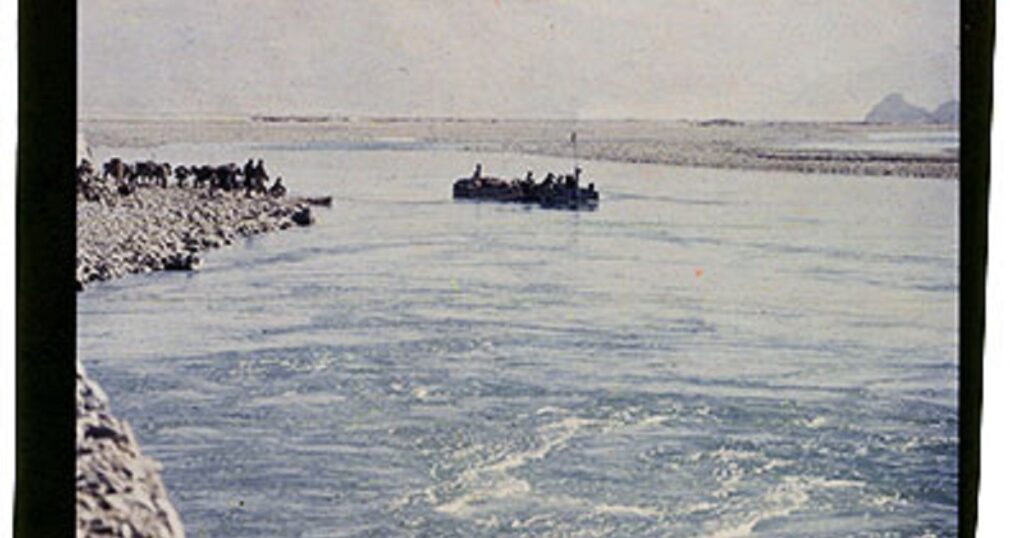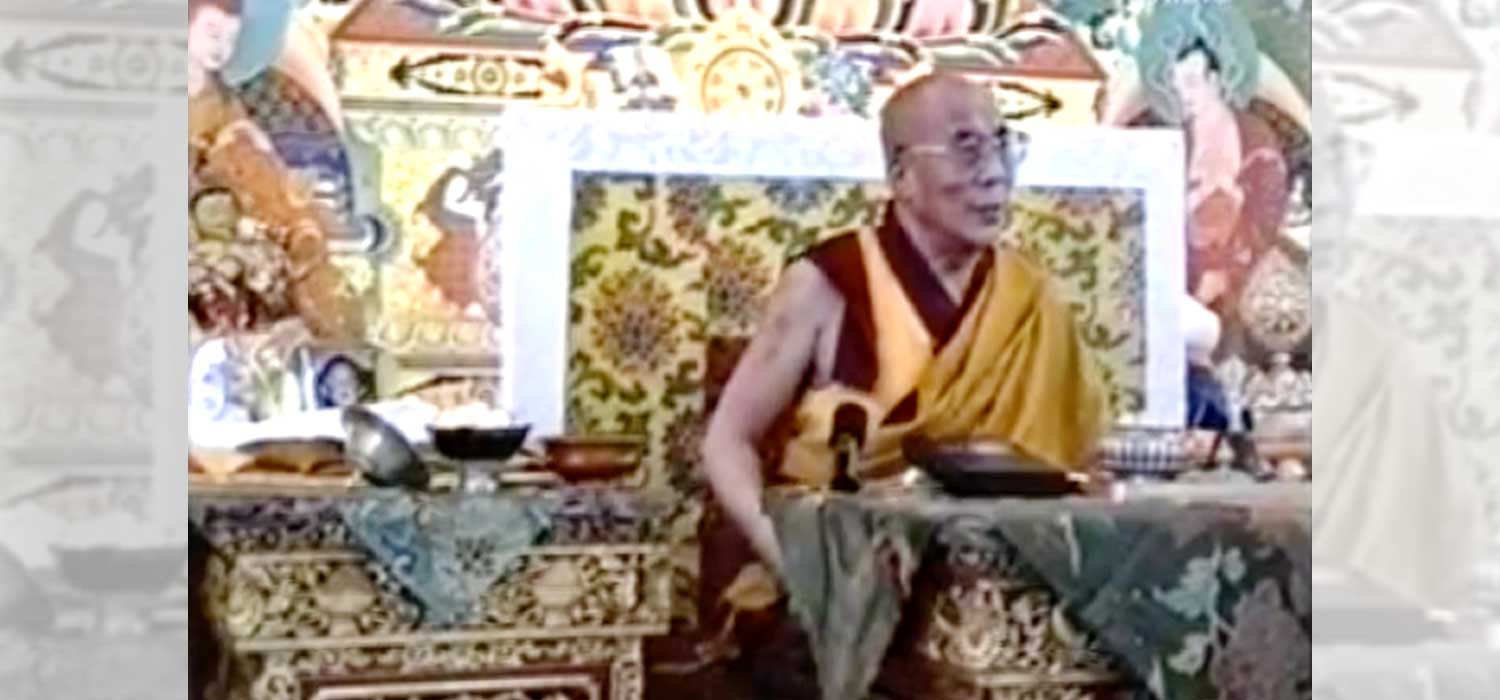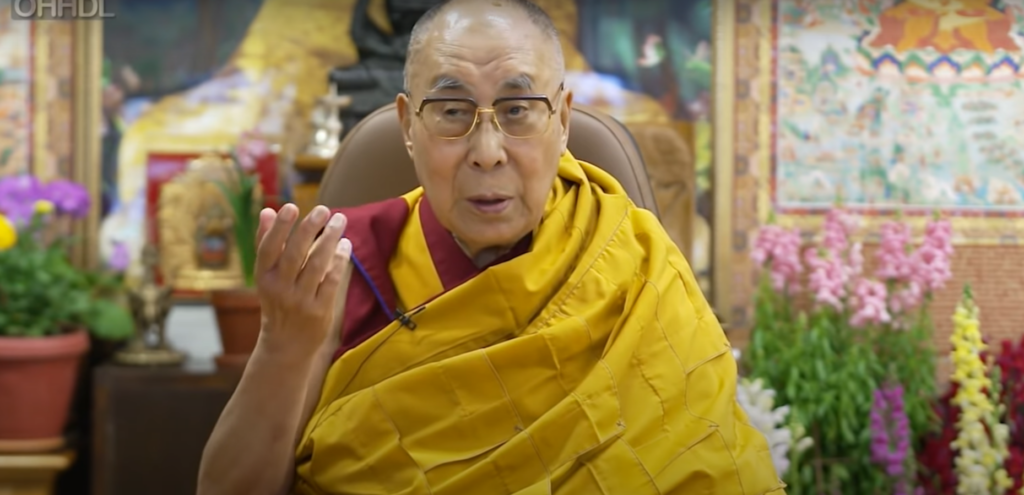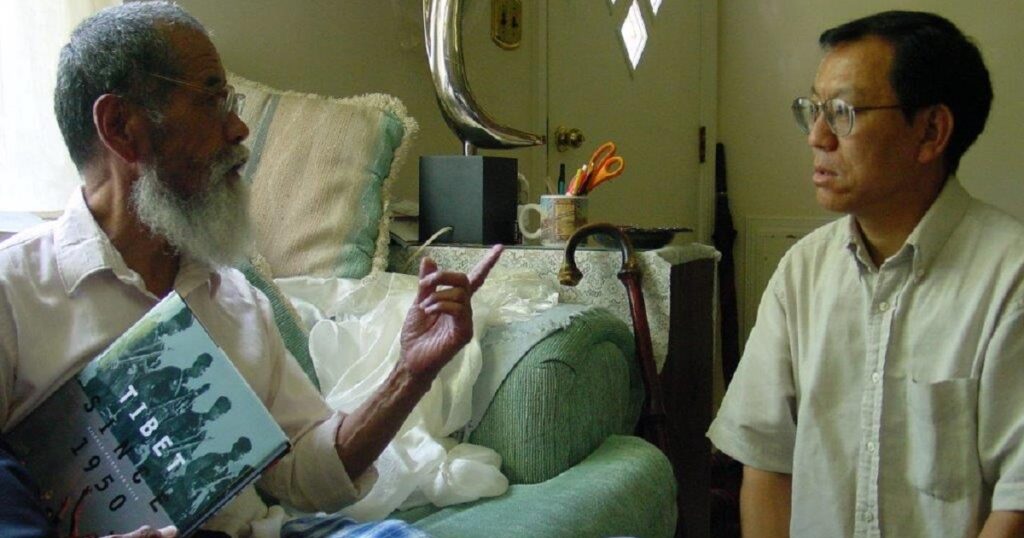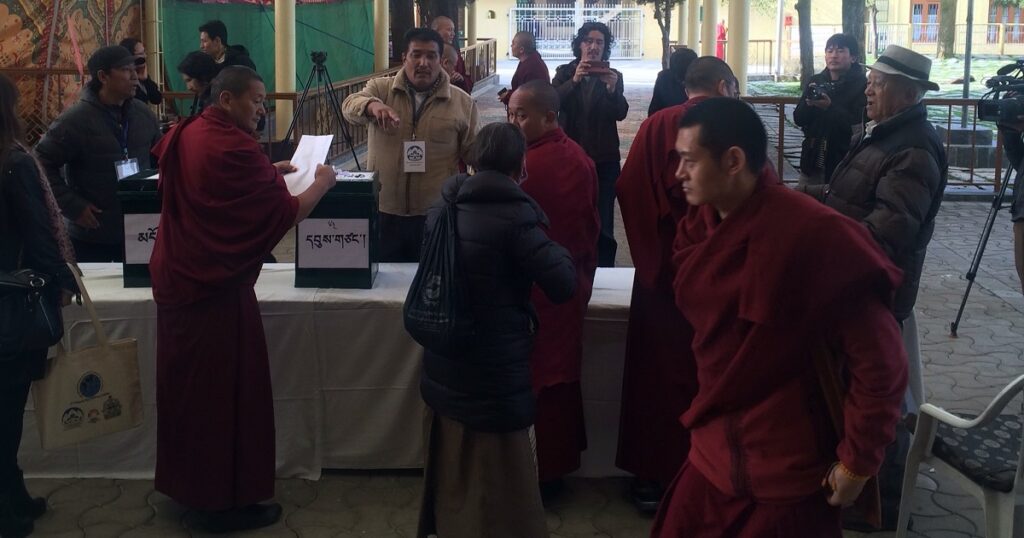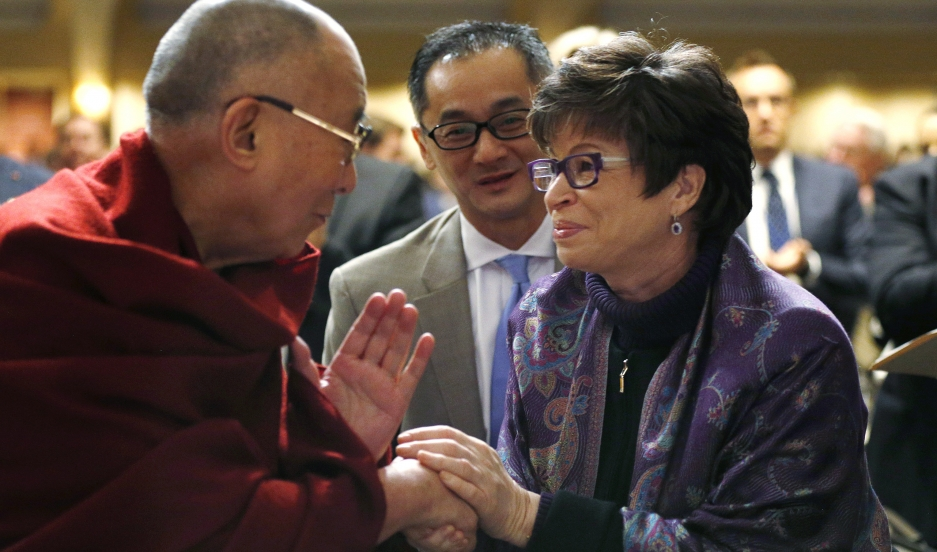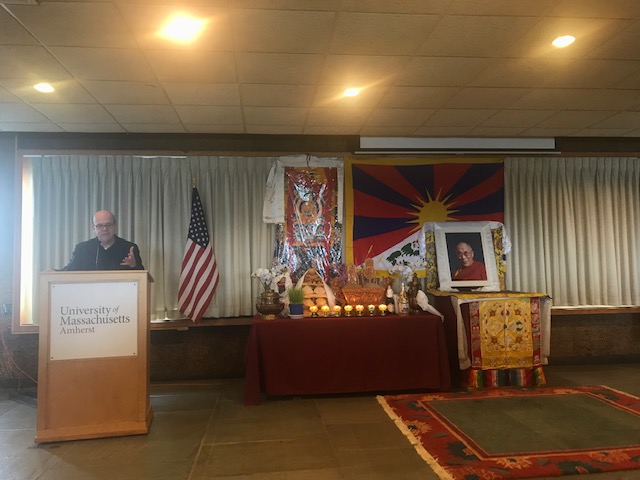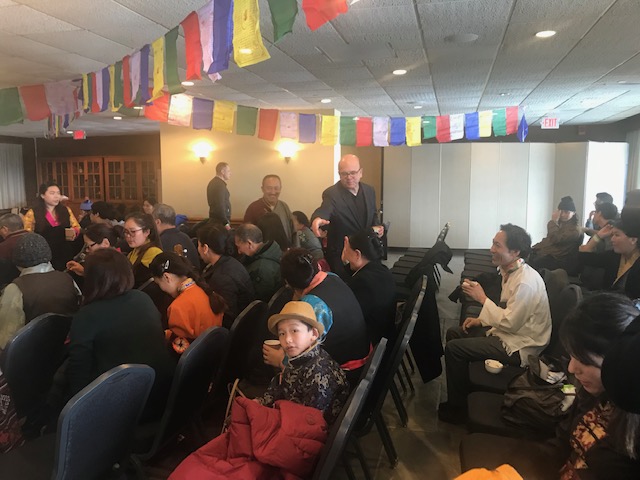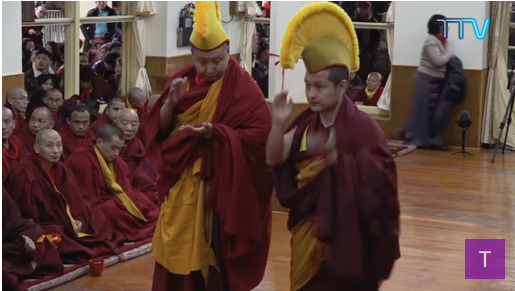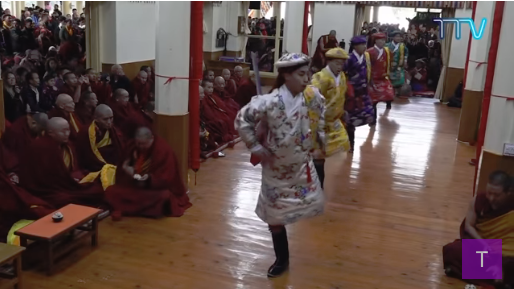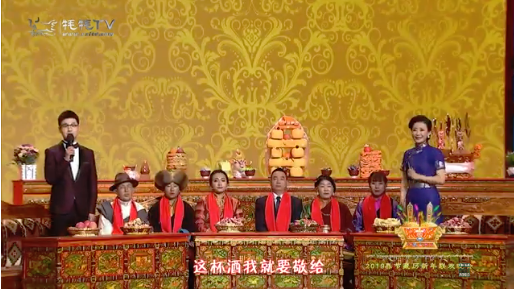In our work at the International Campaign for Tibet, we found in Samphel la a resource bank and a strong admirer of our work. At our request, he had served as a judge in one of our Tibetan empowerment programs, namely the Light of Truth Essay Competition. We have also had him speak to ICT members and staff, both here in Washington, DC and in Dharamsala. He also was responsible for the English version of our publication, “Tibet in Chains: The Stories of Nine Tibetan Nuns.”
Samphel la was born in Tibet, grew up in India. He finished his high school from Dr. Graham’s Home in Kalimpong near the Tibetan border in eastern India and his undergrad and graduation studies from St. Stephen’s College, Delhi University. He then worked for the Central Tibetan Administration in Dharamsala in various capacities from 1981 until his retirement in 2018. In between, when the US Department of State established a program (now known as the Tibetan Scholarship Program) to enable Tibetan refugees in the Indian subcontinent to do further study in the United States (ICT was involved in advocating for its establishment), Samphel la was among those in the first group to be sent. He studied journalism from Columbia University, New York. You can read more details of his life in this obituary by the Central Tibetan Administration.
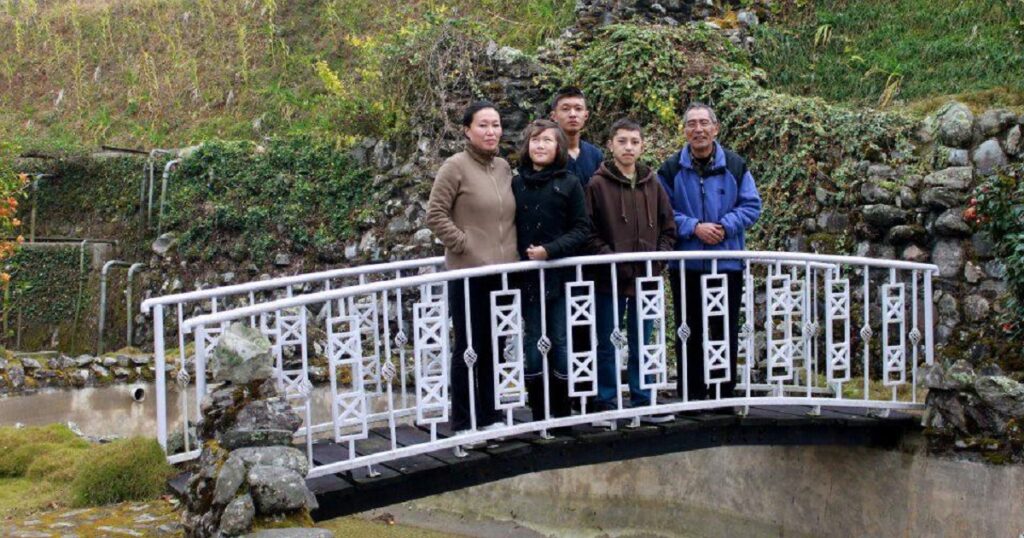
Samphel la with his wife Namgyal Chonzom, daughter Tenzin Dekyong, and sons Rabten Namgyal and Tenzin Yugyal. From the family’s collection.
My connection with Samphel la began while I was an undergrad student in Delhi (in Hansraj College) and he was finishing his graduation from the prestigious St. Stephen’s College. Subsequently, when I began working as a journalist for the Indian Express in New Delhi, it was a natural process of keeping in touch with him, as he had by then joined the Tibetan Information Office in Dharamsala. I would occasionally brief him on developments, and since he was editing the official journal Tibetan Bulletin, I started contributing articles and information for it. In one of his letters to me then, he addressed me as “Dear Mr. Reporter,” displaying his own unique sense of humor.
He wasn’t meant to be a bureaucrat and so was a misfit in the mandala of Gangkyi, the area where the Central Tibetan Administration offices were located in Dharamsala. I feel he felt constrained by the procedures that are part of any administration, including that of the Tibetans in exile. His usual way of expressing his disgust at the working of politicians was to squint his eyes (beneath his round rimmed glasses) and sigh out loudly, something like “oof” whenever we had to deal with a situation.
His calling was in scholarship and academics, and he displayed them when Dharamsala had to come out with lengthy reports on different aspects of the Tibetan issue. This can also be seen through his very many analytical articles during his time at the Tibet Policy Institute, including those dealing with aspects of Chinese policies on Tibet. Given his scholarship, some of us colleagues who worked in Dharamsala with him have knighted him, and he is referred to as “Sir Samphel.” Everyone who knew him, whether his senior or junior, respectfully called him Samphel la.
He was interested in analysis of society. I recall Marxist formulations like “base and superstructure” coming out of his mouth during some of our discussions then, but I have not seen him espouse any specific political ideology.
Every time I would meet him during my trips to Dharamsala in recent years, he would always commend the work of ICT, in particular the reports that we bring out. He was particularly impressed by an analysis of the impressions of Chinese visitors to Tibet that we published in 2014. On a few different occasions I recall him telling me how good this report was: “‘Has Life Here Always Been Like This?’ Chinese Microbloggers Reveal Systematic Militarization in Tibet.” It collected hundreds of images and messages from the Chinese microblogging site Weibo and documented perspectives of Chinese tourists on conditions in Tibet.
Gyari Rinpoche (Lodi Gyari as he is formally known), who was the Special Envoy of H.H. the Dalai Lama in Washington, DC as well as ICT’s Executive Chairman (under whom both Samphel la and I had worked in Dharamsala), understood his potential as a scholar. Among the efforts Rinpoche made to exploit this potential of Samphel la was to make efforts to place him as a fellow at the George W. Bush Institute in Texas in 2011. At that time there were plans to establish a formal relationship with the institute, given former President George W. Bush’s interest in H.H. the Dalai Lama and the Tibetan issue. Rinpoche thought that Samphel la’s presence as a research fellow at the institute would enable Samphel la to exercise his passion while placing the Tibetan issue before policymakers here in the United States. I was involved in some of the discussions that took place then. All preparatory work had been done on this, but somehow it did not come to fruition at the end.
It was only at the end of his working life that Samphel la was able to exercise his passion a bit more when he headed the newly established Tibet Policy Institute in Dharamsala. I can only imagine what the situation would have been had he been involved with a similar research institute from 1981 itself. In any case, over the years he was able to exercise his passion for writing. In addition to several articles (which he continued to do even after retirement), he wrote two novels. “Falling through the Roof” (“Novel based on the real pathos of Tibetan students studying in Delhi University and their political activities to liberate Tibet by forming Tibetan Communist Party”) and “Copper Mountain” (“A moving picture of Tibet’s natural beauty and rich historical tradition, Copper Mountain combines memorable characters with an environmental conspiracy and a shot of dark humour”). He is in the category of a handful of Tibetans who have ventured into the world of fiction writing in English.
He is survived by his wife, Namgyal Chonzom, and three children, daughter Tenzin Dekyong and sons Rabten Namgyal and Tenzin Yugyal. He has two siblings in Tibet and another one in exile, who was also a CTA official and predeceased him.
During his time on this earth in this lifetime, Sir Samphel has left his mark. We can celebrate his legacy.

